What do hashtags do? Simply put, they make your content more easily accessible in a search—which helps you reach new audiences.
Table of Contents
Instagram offers an engaging visual medium for businesses to promote their brand, but success on this platform relies on more than high-quality photos. To work the Instagram algorithm like an expert, you need to be able to answer the question “What do hashtags do?” in general, and for your specific business.
If you haven’t yet fully comprehended the number sign’s evolution into the hashtag, don’t worry—you’re not alone. This little symbol packs a lot, so read on and we’ll cover exactly what hashtags are, how they can help your business, and which ones to choose for improving the impact of your Instagram posts.
What are Instagram hashtags?
A hashtag symbol is the same as the number sign, or pound sign. There’s no new alteration; it’s just this: #.
Coined in 2007, the term hashtag was used to describe a means of organizing and promoting trends in digital spaces using a technical function of the #.
First officially adopted by Twitter in 2009, hashtags are now used to categorize content in search operations across social media platforms. Here’s how they work:
A post on Instagram that is tagged #Entrepreneur will be added to a searchable collection of all posts that have been tagged as such. Hashtags are clickable. So if you click on #Entrepreneur in a post, you will be instantly redirected to a collection of all public posts that include that same hashtag. This same body of posts can be found by typing #Entrepreneur into the search bar.
What do hashtags do for your business?
Why use hashtags on Instagram? Because hashtags are a convenient sorting tool, they are a great way to expand your reach and target demographics.
Users can follow hashtags that interest them; if your post features those hashtags, you are more likely to show up in those users’ Instagram feed.
Hashtags also help the Instagram algorithm categorize your content. Consistently using keywords with defined audiences and high interaction rates will help the app recommend your content to users that want to see it, even if they aren’t following any hashtags.
Know which kinds of hashtags are right for you.
It’s important to know how to use hashtags that are specifically tailored to promote your content. Instagram identifies nine categories of hashtags that every small business should pay attention to:
1. Product hashtags
These refer to your products or services directly, e.g. #Jewelry or #DigitalMedia.
2. Niche/Profession hashtags
Niche hashtags indicate your specific career, title, or profession. These could be hashtags like #RelationshipCounselor or #Realtor.
3. Industry/Community hashtags
Maybe you’ve seen hashtags like #ArtistsOfInstagram or #PetsOfNewYorkCity. These hashtags describe the field, industry, or communities to which you market your products or services. Note how these hashtags are sometimes more specific than just #Artists or #Pets.
4. Seasonal/Event hashtags
These hashtags are integral in promoting sales, holidays, and special occasions. They might allude to a general seasonal promotion, as #SummerSale does, or to a particular event like #InternationalWomensDay.
5. Location hashtags
These hashtags can help you direct your content to regional audiences. You can choose to tag a city or state name on its own like #Boulder or #Ohio; or you can use a more specific hashtag like #ColoradoTherapy or #CincinnatiBookstore.
6. Daily hashtags
Have you heard of #MotivationMonday, #WayBackWednesday, or #ThankfulThursday? These commonly alliterated hashtags are effective in promoting regularly recurring posts and reaching wider audiences through broadly relatable themes.
7. Phrase hashtags
This is a catch-all category for any catchphrases related to your business that aren’t acronyms or emojis. Hashtags like #WorkingHard, #CreativeLife, and #MakeupTutorial are popular examples.
8. Acronym hashtags
These often take hold of trending internet slang like #ICYMI (In Case You Missed It) or #AMA (Ask Me Anything), but they are also used in niche spaces to highlight technical and business acronyms.
9. Emoji hashtags
It’s what it says on the tin: these are hashtags that feature emojis. They can be lone emojis like #😊or words and emojis like #Gift🎁
You don’t need to use every kind of hashtag in every post. In fact, your business may never benefit from the hashtags in some of these categories. However, understanding these categories can help you conduct the necessary research and narrow down which kinds of hashtags best suit your brand.
Research and thoroughly implement hashtags.
How do you use hashtags effectively? While using them at all is a great start, using them effectively requires attention and research.
Start broad; then narrow down.
A great way to get started is by researching broad terms—with industry and community hashtags—and then working down to more narrow categories with niche and product hashtags.
Try searching general hashtags within your industry and explore the profiles that come up. Notice what other terms and phrases these users are tagging. Are they connecting with niche communities that may align with your brand or using clever daily hashtags that you may be able to capitalize on too?
Add a city or state to industry hashtags to see what your local competitors are doing. Are there local hashtags that are more specific? It can be difficult to start a niche-local hashtag from scratch, but if a hashtag like #DenverLifeCoach applies to your business and is already in use, you should be posting it too.
Include two or three broad hashtags for your industry and area; then use increasingly specific hashtags to focus your posts. Start out with about ten hashtags per post and conduct A/B testing to adjust your strategy accordingly.
Research Instagram stories and reels.
Posts aren’t the only kind of content on Instagram that you need to pay attention to. Many users check Instagram stories and Instagram reels more consistently than posts, so you might be missing out on potential views and clicks if you focus solely on post engagement.
You can add hashtags to stories and reels using the “hashtag sticker” while editing your content, or you can type out a hashtag with the type tool. When you type a hashtag into a story or reel, it will offer up suggestions based on what’s popular—try typing in some of the hashtags you’ve researched, and see if other useful suggestions come up!
Streamline research with social media management tools.
Social media management suites offer time-saving resources not only in the content drafting and graphic design processes, but also in hashtag generation and analytics.
Many of these scheduling systems, including Sked Social and Later, employ their own algorithms to recommend relevant hashtags as you draft posts, as well as offer analytics dashboards to track trends and inform hashtag strategy through post performance.
Hashtag Help
Can you confidently answer the question “What do hashtags do?”




